Biometric Identification Protecting From Rampant Social Media Scams
Most people live two lives. There’s everyday life, with work, school and family, and digital life on websites, social media, forums and platforms. Like it or not, they are entwined. If someone’s digital identity is stolen, it has a profound impact in the real world.
This means that protecting online data is as critical, if not more, than protecting physical security. Social media activity, information shared and data uploaded, including photos, videos and comments, need protection. Medical data is also at the top of the list. Compromised information includes more than sensitive details about someone’s health. It can also include Social Security numbers, financial records, physical addresses and much more.
The good news is that many technology providers offer robust security measures. They can protect people against social media scams, fraud and identity theft. It goes beyond using secure, strong passwords. Two-factor authentication and biometric identification are examples of this advanced security in action. Biometrics, in particular, can help cut down on fraud and social media scams.
Using Biometric Identification to Verify and Protect Identity
Passwords are not enough for modern and digital security. Setting a strong password requires lengthy phrases that are difficult to remember. Password management tools help, but their existence proves that passwords are not as effective as they should be.
Many people can’t even recall them half the time. Despite being told not to, many individuals reuse passwords. They’re also shared and simplified to the point that nefarious actors can readily access accounts.
A verified, authentic and reliable method is necessary to protect access to online accounts and profiles and legitimize data. Especially when meeting new patients, health care professionals need a trustworthy method for substantiating a contact’s identity. That’s where biometric authentication comes into the picture. It’s no wonder security proponents have called for a unique patient identifier to ensure people are identified accurately and matched with the correct records.
How Biometric Identification Can Reduce Social Media Scams, Fraud and Theft
Biometrics is the science of measuring or analyzing a person’s unique characteristics and traits specific to them. They can be physical but also behavioral. In the case of digital technologies, biometrics often involve scanning body features to verify identity. This includes scanning fingerprints to gain access to an app or area of a property.
It might also involve scans of the retina or another personally identifiable body part to authenticate identity. Other identifiers include facial features or shape, hand geometry, blood vessel patterns discerned through the skin and DNA.
How and why does this reduce nefarious activities?
- Biometrics cannot be stolen, at least not easily. That significantly reduces unauthorized attempts at data access.
- In the medical sector, biometrics follow HIPAA regulations. They also make it easier to verify an individual’s true identity.
- Biometric authentication can be logged and monitored using data without giving away sensitive information. That makes audits and security monitoring possible and effective.
- Most biometrics technologies are accurate, reliable and help streamline verification workflows. People can get in and out faster and easier.
It’s a verifiable way to prove identity. No one else has the same eye color, face shape or fingerprints.
Aiding Patient-Doctor Verifications on Both Sides
Medical professionals can use biometrics to nearly instantly verify a patient or contact’s identity before divulging sensitive information. It’s a stop-gap, albeit fairly nonrestrictive, for preventing accidental data dumps or unauthorized access. That also extends to digital systems. Nefarious actors would be unable to leverage digital platforms and solutions without the right authentication.
Social media scammers commonly create a fake profile or page disguised as a medical entity and then share compromised links — which lead to malicious websites — to steal personal information. Incorporating a layer of biometric authentication across all valid medical portals helps identify malicious websites. The authentication would act as a preventive measure for the uninformed. Patients who know they’re supposed to encounter a biometric scan but don’t are likely working with a bad actor.
Sometimes, people even overshare information that can personally identify or digitally compromise them. This can happen in more ways than one, including social engineering. People can unwittingly provide personal details via impromptu calls, surveys, games or support chats, which bad actors can collect and use. All they need to do is provide personal information gathered from social media and online profiles with company phone reps or online support to access accounts. Medical professionals, untrained to spot the tells, can also fall victim to these scams, tricked into thinking they’re talking to the real patient.
Fake ads and product endorsements are tougher to spot, although there are red flags. Agents may rush people into placing orders or promise their product can cure several diseases. However, people not being properly vetted through authentication measures should realize they’re probably not talking to legitimate health care or medical professionals.
Biometrics: A Unique Identifier
Personal health data needs to be stored and handled safely, which means limiting access to this information to authorized individuals. Reliable methods are necessary to verify identity. It can be used to end misidentification and help health care providers verify who is who. That same technology can apply to all forms of verification, including social media and online accounts. It will also act as a flag or reminder for patients that when no authorization is requested, they may be dealing with unscrupulous individuals.
Imagine how much theft and fraud would be eliminated by requiring a personal biometrics identifier and blocking access to would-be thieves. It could be a game-changer for everyone’s digital lives.

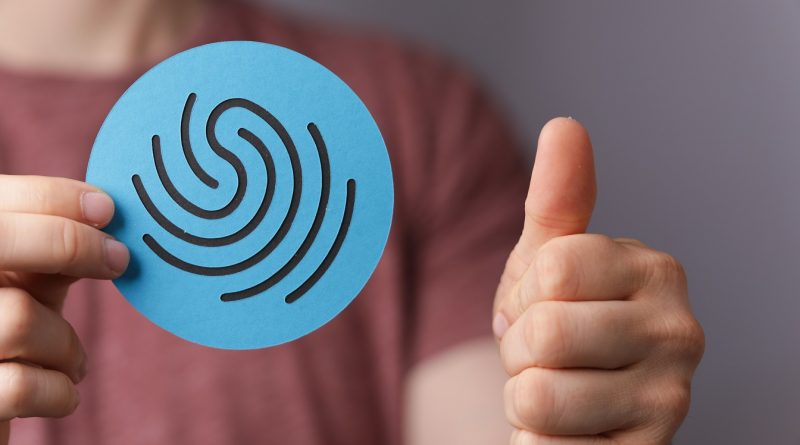


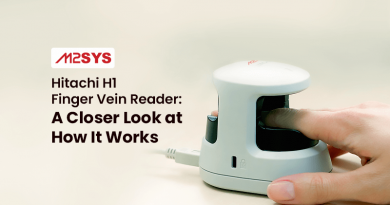
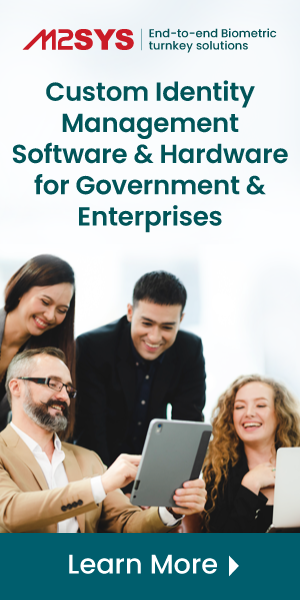
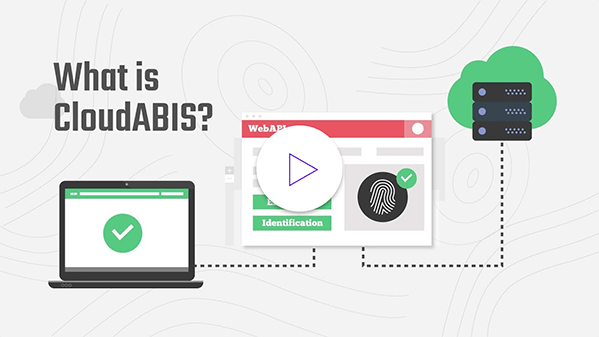
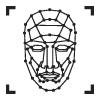




Your blog effectively captures the reader’s attention with its engaging content and well-structured flow. It provides valuable insights while maintaining clarity, making it both informative and enjoyable to read.
Your blog is engaging and informative, presenting ideas in a clear and relatable manner. The content flows well, and it effectively connects with the audience, making it both enjoyable and valuable to read.